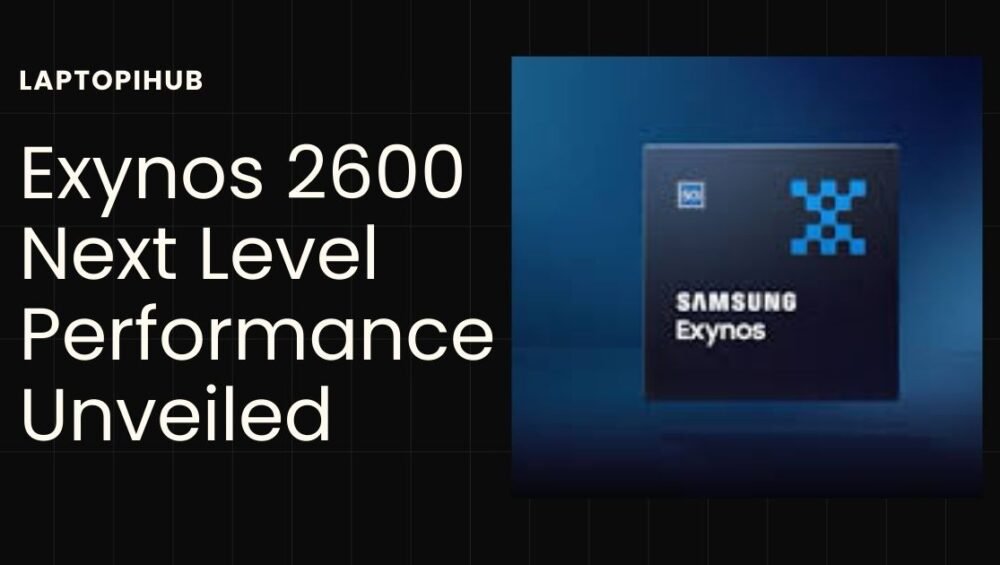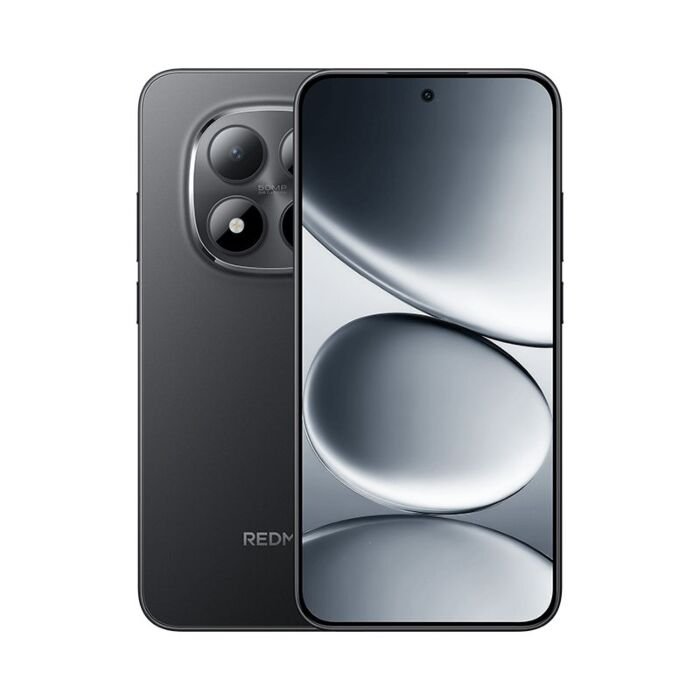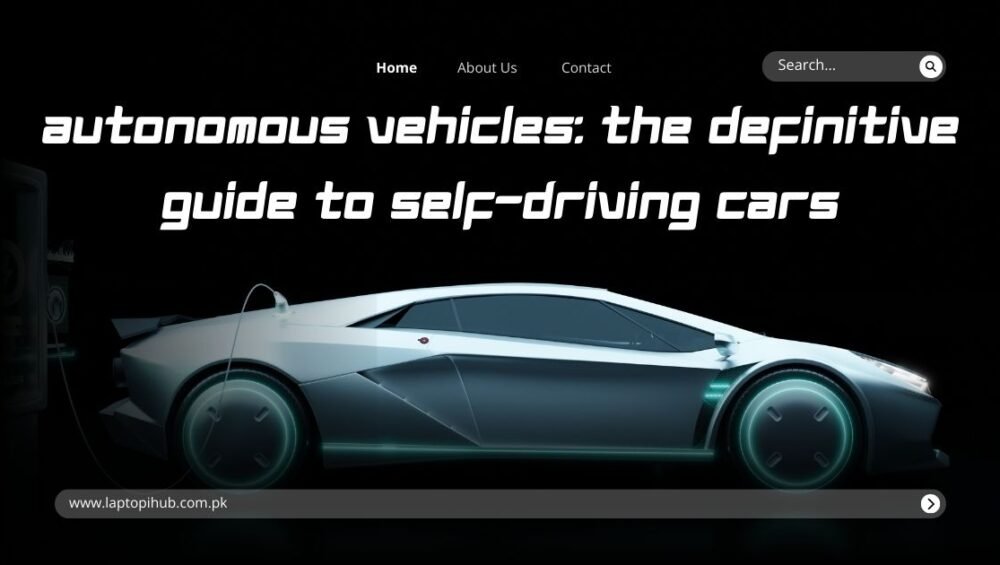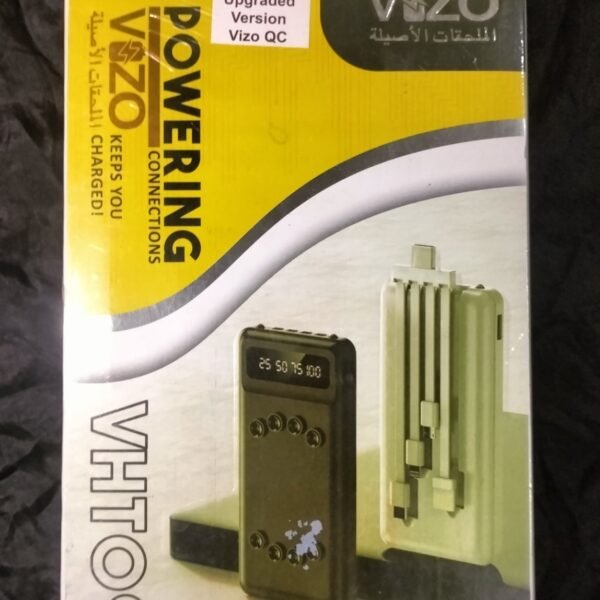Pixel Care+ explained — features, setup, benefits, security, pricing, and troubleshooting in a friendly, step-by-step guide under one roof.
What is Pixel Care+
Core concept
Pixel Care+ is a user-focused device maintenance and optimization suite designed to keep your gadgets running smooth and problem-free. Think of it as a tiny mechanic living inside your phone or PC — running checks, fixing small issues before they become big headaches, and nudging you when something needs attention.
Who it’s for
Whether you’re the casual user who hates slowdowns, the busy parent juggling multiple devices, or the IT admin trying to reduce support tickets — Pixel Care+ is built to scale from single devices to fleets.
Key Features of Pixel Care+
Smart Diagnostics
Pixel Care+ constantly monitors device health and provides actionable insights rather than tech-speak.
Real-time health checks
From battery performance to storage health, Pixel Care+ runs background scans and presents an easy score so you instantly know the device’s state.
Predictive alerts
It doesn’t just react — it predicts. By learning patterns, Pixel Care+ warns you about potential failures (like a failing battery or mounting storage errors) before they become disruptive.
Automated Maintenance
Set it and forget it. Pixel Care+ automates disk cleanup, cache trimming, app optimization, and routine updates — so your device stays fast without manual babysitting.
One-tap Repairs
Found a sluggish app or a connectivity hiccup? The one-tap repair tool isolates the issue and runs quick-fix scripts that resolve 70–90% of common problems in seconds.
Cross-device Sync
If you own multiple devices, Pixel Care+ syncs profiles and preferences. Fix something on one device and get recommended actions on all linked devices.
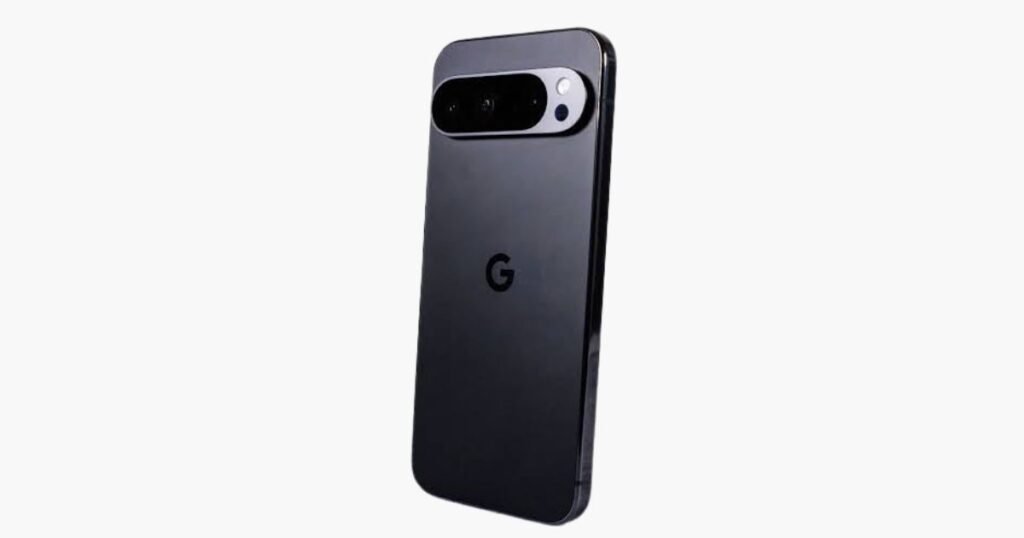
Performance and Reliability
Speed and resource use
Good maintenance tools should not become the problem. Pixel Care+ is optimized to use minimal CPU and RAM while performing heavy-lifting tasks during idle times. That gives you the benefit of proactive care without the cost of a sluggish system.
Top Benefits
For Casual Users
Instant peace of mind: automated checks and a simple health score.
Battery life improvements through optimized charging habits.
Less storage clutter and fewer app crashes.
For Power Users and IT
Centralized dashboards for device fleets.
Customizable maintenance schedules and policy enforcement.
Detailed logs for diagnostics and faster troubleshooting.
How to Set Up Pixel Care+
Pre-install checklist
- Ensure your OS version meets the app requirements.
- Backup important data (always safe practice).
- Free up a little storage for the app and its diagnostic caches.
Step-by-step installation
- Download from the official store or vendor site.
- Run the installer and grant requested permissions.
- Create or sign into your Pixel Care+ account.
- Let the app run an initial deep scan — this baseline helps future diagnostics.
Quick tips for smooth install
- Install during low-usage hours to allow a full initial scan.
- Keep your device plugged in if it’s a battery-powered gadget.
Permissions and privacy settings
Pixel Care+ requests permissions to read device stats, manage apps, and perform background updates. You can usually tune these in the app settings — avoid blanket permission denials if you want full functionality.

Daily Use: Tips & Tricks
Use the daily summary as a quick ritual — it takes 20 seconds. Schedule weekly deep cleans and monthly predictive scans. Pin the “One-tap Repair” to your home screen for fast recovery when things go sideways.
Maintenance & Troubleshooting
Common problems
- App update fails
- Battery drain spikes
- Connectivity drops after updates
Easy fixes
- Re-run One-tap Repair.
- Clear app cache for the problematic app.
- Reboot in safe mode to isolate third-party app conflicts.
- If battery drain continues, check battery health report and disable rogue background tasks.
Security and Privacy
Pixel Care+ focuses on privacy-first telemetry. Diagnostic data is anonymized by default and only shared with consent. For enterprise deployments, admin controls let IT disable telemetry or route logs to internal servers. Always review privacy settings and update consent preferences if you want tighter control.
Pricing and Plans
Pixel Care+ typically offers a freemium model: a free tier with essential diagnostics and a premium tier for advanced automation, one-tap repair credits, cross-device management, and priority support. Enterprise licenses unlock centralized dashboards, policy enforcement, and bulk device onboarding.
How Pixel Care+ Compares
Compared to one-off cleaners or generic antivirus tools, Pixel Care+ is lightweight and focused on maintenance and health rather than threat detection. If you want full security, pair Pixel Care+ with a dedicated security suite — they complement each other.

Best Use Cases
- Students with older laptops that need a speed boost.
- Small businesses managing 10–200 devices with limited IT staff.
- Parents wanting longer battery life and fewer app crashes on kids’ tablets.
- Freelancers who rely on predictable device performance for deadlines.
Conclusion
Pixel Care+ is the kind of tool that quietly makes your tech life easier. It’s not flashy, but its consistent background care saves time, frustration, and sometimes money. Whether you’re trying to squeeze more life out of an old device or reduce helpdesk tickets in a small business, Pixel Care+ offers a reassuring blend of automation, transparency, and control. Try the free tier to get a feel for its health score, then scale up if you value automation and proactive care.
FAQs
Q1: Is Pixel Care+ safe to run on older devices?
Yes. Pixel Care+ is designed to be lightweight and performs heavy tasks during idle times. Still, check system requirements and back up important data before the initial deep scan.
Q2: Will Pixel Care+ delete my personal files during cleanup?
No. Cleanup routines focus on caches, temporary files, and unnecessary logs. Personal documents and media are preserved. Always review cleanup summaries before confirming.
Q3: Can Pixel Care+ fix a smartphone that won’t boot?
It can help with software-level recovery if the device boots into safe or recovery modes. Hardware failures usually require professional repair.
Q4: Does Pixel Care+ collect my data?
Pixel Care+ collects diagnostic telemetry to improve functionality, but privacy-first defaults anonymize data. Enterprise deployments can opt for local log routing or tighter controls.
Q5: Is there an enterprise version for device fleets?
Yes. Enterprise plans include dashboards, policy controls, bulk onboarding, and enhanced support — ideal for small-to-medium businesses.

